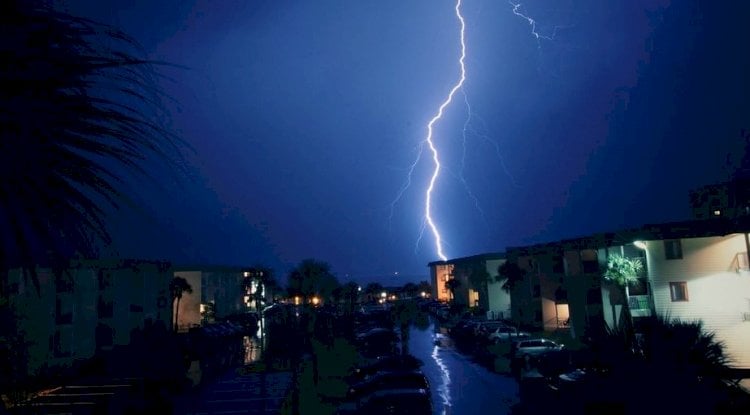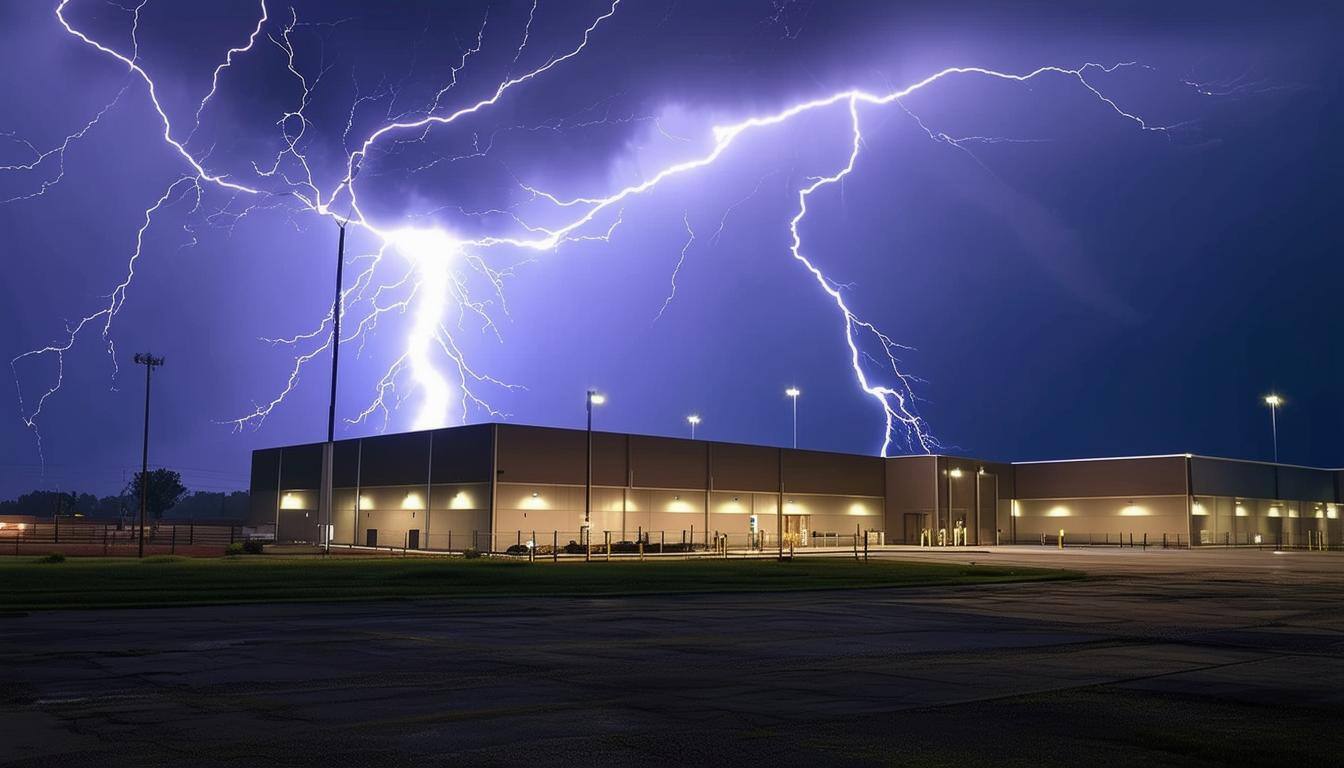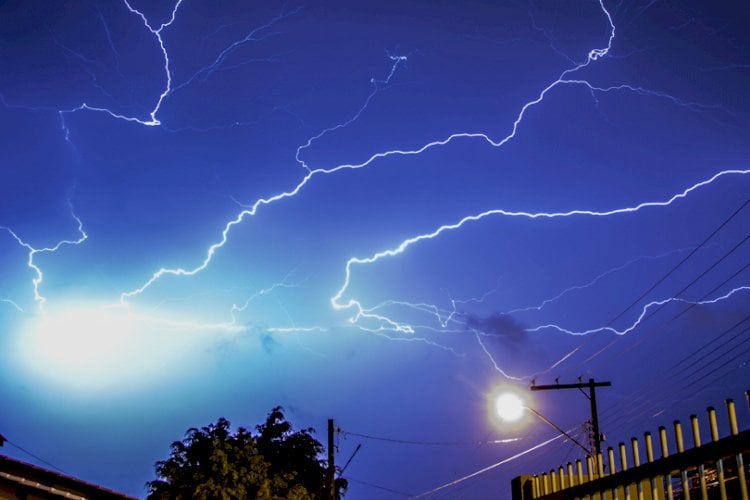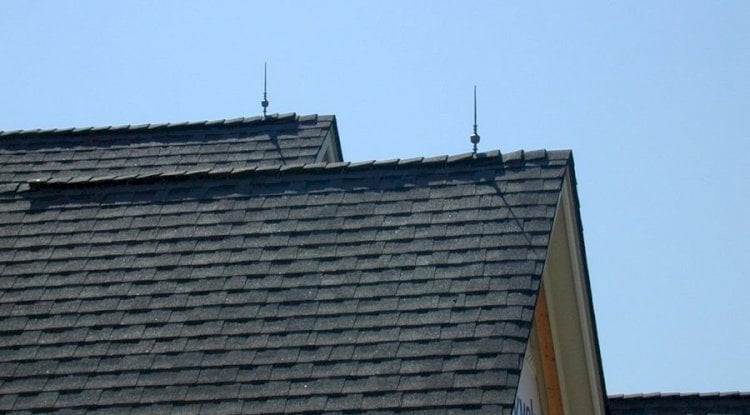What is the minimum size of a down conductor for lightning protection? What is the individual resistance and combine resistance of electrode? What is the resistance of grounding network?
Our Answers:
There are two (2) classes of material requirements found in NFPA 780, the Standard for the Installation of Lightning Protection Systems. Class I materials are required for structure less than 75-ft in height, and Class II Materials are required for buildings greater than 75-ft in height. The down conductor is properly listed in the standard as a “Main Conductor Cable”.
- Class I – Copper: Minimum Gauge is 2 AWG, with a minimum individual strand size of 17 AWG.
- Class II – Copper: Minimum Gauge is 00 AWG, with a minimum individual strand size of 17 AWG.
- Class I – Aluminum: Minimum Gauge is 0 AWG, with a minimum individual strand size of 14 AWG.
- Class II – Aluminum: Minimum Gauge is 0000 AWG, with a minimum individual strand size of 14 AWG.
The calculation for predicting the resistance-to-ground of a grounding electrode can be found by following this link:
Calculating an entire grounding network generally requires computer modeling software, particularly in complex soil conditions. E&S Grounding Solutions has the complete CDEGS software package and can assist with these calculations, if provided with site plans and soil resistivity data.
The Engineering Experts at E&S Grounding Solutions
Let's Talk! Schedule a FREE Phone Consultation Today.
Wherever you're located, learn how good a fit we are for your project.






